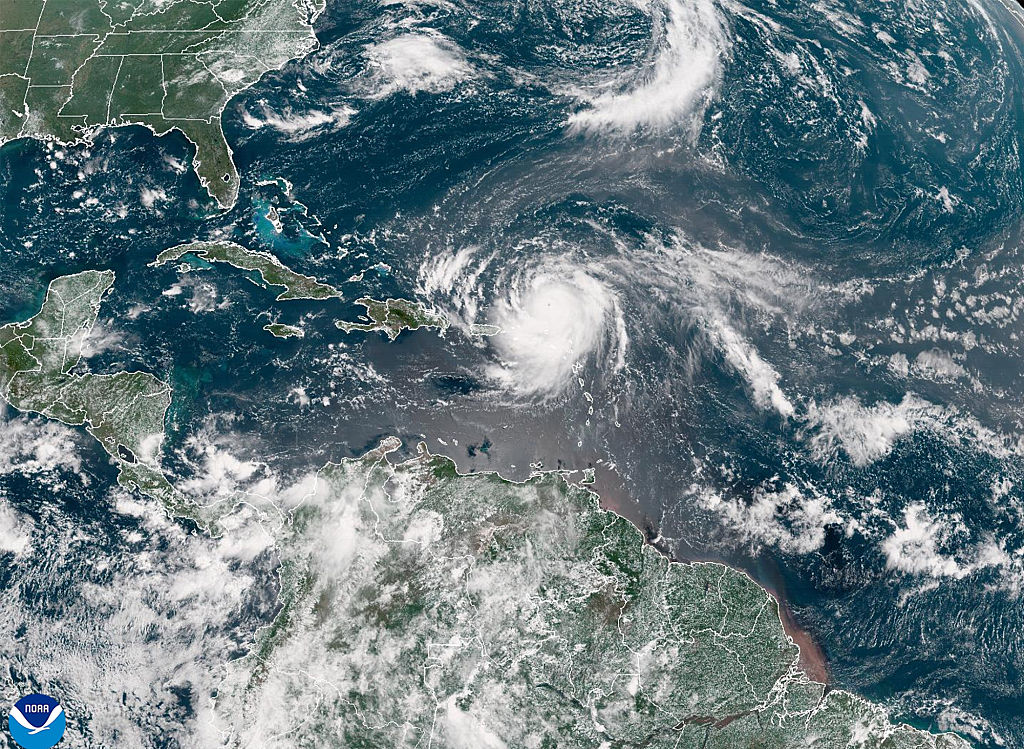Once a humble fishing village, Dubai has transformed into a futuristic city that attracts tourists worldwide. With its iconic landmarks, luxurious resorts, and year-round sunshine, Dubai has become a must-visit destination in the Middle East. However, when it comes to planning your trip, timing is everything.
Explore the best time to visit Dubai and avoid the scorching heat.
Winter: October to March – Dubai’s High Season
Dubai’s winter, spanning from October to March, offers the most favorable weather for tourists. During these months, the average daytime temperatures range from 66°F to 77°F, providing a pleasant escape from colder European climates. With manageable temperatures and minimal rainfall, November starts the high season. Evenings can be chilly, averaging around 59°F, but a light layer will keep you comfortable.
While Dubai experiences very little rain throughout the year, the winter months see the most precipitation, though it remains negligible compared to other regions. Thunderstorms occur infrequently during this period. The winter season is perfect for desert excursions, sightseeing, and general exploration.
Summer: April to September – Sweltering Heat and Fewer Crowds
From April to the end of September, Dubai experiences scorching temperatures. April and May are transitional months, with temperatures ranging from 77°F to 100°F. As summer arrives in late May and June, temperatures soar, often reaching highs of 111°F or more. Rainfall is almost non-existent during this period. Engaging in strenuous activities may be challenging due to the intense heat.

Best Time to Visit Dubai: November to March
The months between November and March constitute Dubai’s high season and are ideal for visiting this desert metropolis. The weather is a pleasant mix of high daytime temperatures and cooler evenings, perfect for outdoor activities. November and March offer a shoulder end to the high season, providing lower prices and fewer crowds. Keep in mind that December and the school holidays will bring larger groups.
January, February, and March boast comfortable average temperatures ranging from 66°F to 73°F. These months are particularly inviting with eight to nine hours of sunshine per day and low rainfall. Sea temperatures remain warm, averaging 72°F even in January.
Alternative Options: October and April
For those who can tolerate the heat, October and April offer a chance to avoid crowds while exploring Dubai. However, remember that the weather during these months can be prohibitively hot for some travelers.
Plan Your Dubai Trip Wisely
When planning your visit to Dubai, consider the weather and your preferences. November to March provides the best weather conditions and peak tourist season. If you prefer milder temperatures and fewer crowds, early November or late March are excellent options. Alternatively, if you can handle the heat, October and April offer a quieter experience.
Dubai’s transformation from a fishing village to a futuristic city is remarkable. Whether you’re enamored by its iconic skyline, luxurious resorts, or vibrant culture, Dubai is a destination that promises unforgettable experiences.





